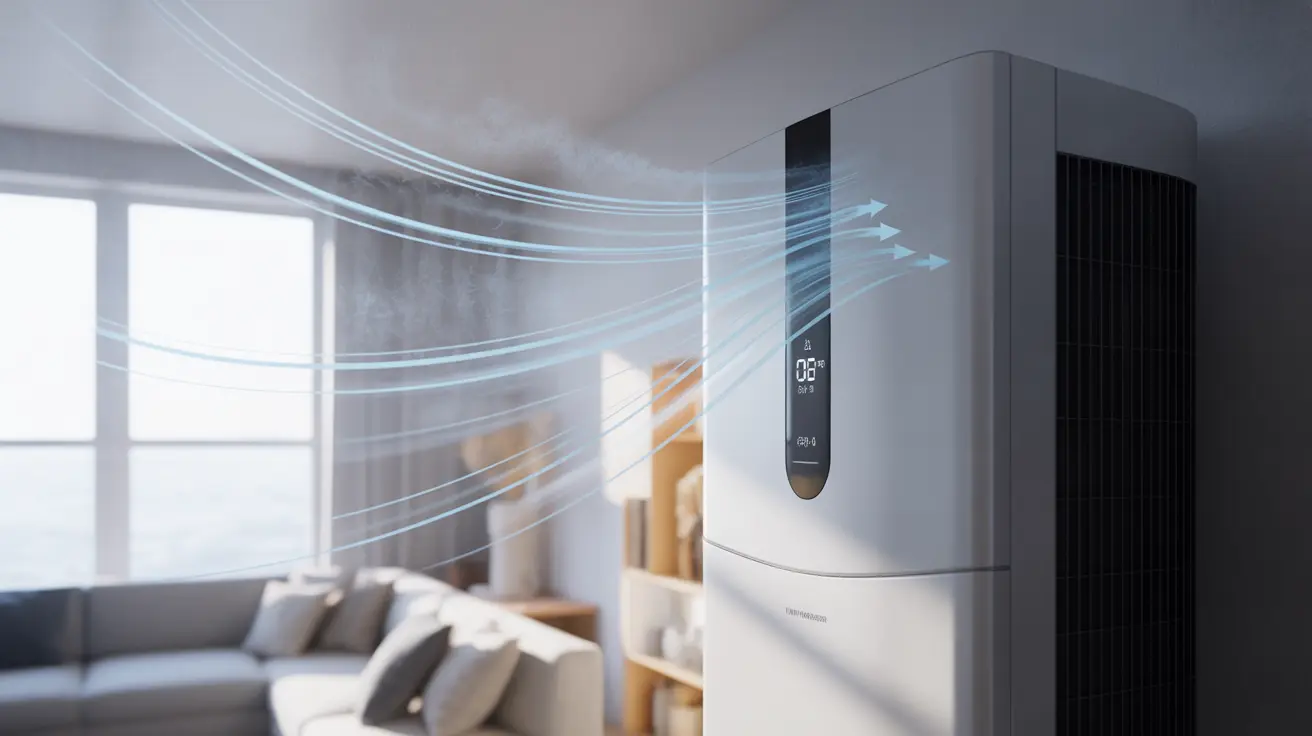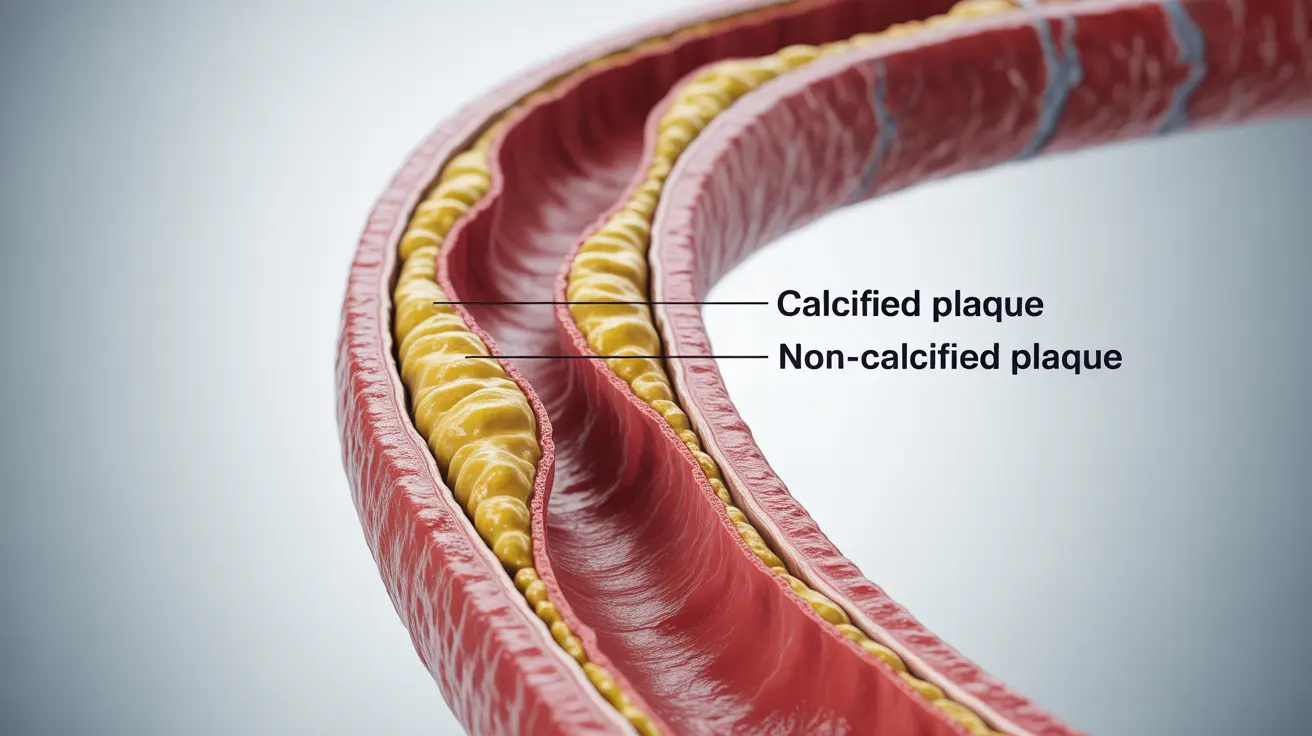Migraines are debilitating neurological conditions that affect millions of people worldwide, driving sufferers to seek relief through various methods. Among the more unconventional approaches gaining popularity is the daith piercing, a unique ear piercing that has sparked curiosity and hope for those struggling with chronic migraine pain. However, the connection between this trendy piercing and migraine relief is more myth than medical reality.
Understanding the truth behind daith piercings and their alleged migraine-fighting properties is crucial for individuals seeking effective management of their symptoms. This article explores the claims, scientific perspectives, and proven alternatives for migraine treatment.
Understanding Daith Piercings and Migraine Claims
A daith piercing is a distinctive type of ear piercing located in the innermost cartilage fold of the ear, just above the ear canal. Proponents of this alternative treatment suggest that the piercing's placement aligns with an acupuncture pressure point believed to potentially alleviate migraine symptoms. However, medical experts caution against viewing this as a legitimate medical intervention.
The Acupuncture Connection
The theory behind daith piercings stems from a loose interpretation of acupuncture principles. Some alternative medicine practitioners claim that piercing this specific ear location might provide similar benefits to targeted acupuncture treatments. Unfortunately, this claim lacks scientific substantiation and remains purely anecdotal.
Scientific Perspective on Ear Piercings and Migraines
Medical research strongly refutes the notion that daith piercings can effectively treat or prevent migraines. Neurologists and headache specialists emphasize that migraines are complex neurological events driven by genetic factors, brain chemistry, and various environmental triggers – not by specific ear pressure points.
Why Perceived Benefits Are Likely a Placebo Effect
Any reported improvements in migraine symptoms following a daith piercing can be attributed to the placebo effect. This psychological phenomenon occurs when a person experiences a perceived improvement due to their belief in a treatment, rather than any actual physiological change. Renowned neurologists consistently stress that no clinical trials or scientific literature support ear piercings as a migraine treatment.
Alternative Ear Piercings and Migraine Myths
The daith piercing is not the only ear piercing claimed to help migraines. Similar unsubstantiated claims exist for tragus and rook piercings. Each of these piercings targets different ear cartilage locations, but none have scientific evidence supporting their effectiveness in migraine management.
Proven Migraine Management Strategies
Instead of relying on unproven piercing techniques, medical professionals recommend comprehensive migraine management approaches:
- Identify and avoid personal dietary triggers
- Practice stress-reduction techniques like meditation and yoga
- Maintain a consistent sleep schedule
- Stay hydrated
- Work closely with healthcare providers to develop a personalized treatment plan
- Consider prescription medications designed specifically for migraine prevention and treatment
Potential Risks of Daith Piercings
Beyond their ineffectiveness, daith piercings can pose potential health risks. These include:
- Risk of infection
- Potential cartilage damage
- Allergic reactions to piercing materials
- Prolonged healing time
- Additional pain and complications
Frequently Asked Questions
Can a daith piercing actually help reduce migraine symptoms?
No, there is no scientific evidence supporting the claim that daith piercings can reduce migraine symptoms. Any perceived benefits are likely due to the placebo effect.
What are the risks and complications of getting a daith piercing for migraines?
Risks include potential infection, cartilage damage, allergic reactions, prolonged healing time, and additional pain. Medical professionals strongly advise against using piercings as a migraine treatment.
How does a daith piercing compare to traditional migraine treatments?
Daith piercings are not a recognized medical treatment. Traditional approaches like prescription medications, lifestyle modifications, and targeted therapies are far more effective and scientifically validated.
What's the difference between daith, tragus, and rook piercings for migraine relief?
There is no proven difference between these piercings for migraine relief. All are unsupported by scientific research and should not be considered legitimate medical interventions.
Are there proven alternatives to ear piercings for managing chronic migraines?
Yes, proven alternatives include prescription medications, identifying personal triggers, stress management techniques, maintaining a consistent sleep schedule, staying hydrated, and working closely with healthcare providers to develop a comprehensive treatment plan.
While the allure of a simple solution like a daith piercing is understandable, managing migraines requires a holistic, medically-supervised approach. Always consult with healthcare professionals to develop the most effective strategy for your individual needs.




